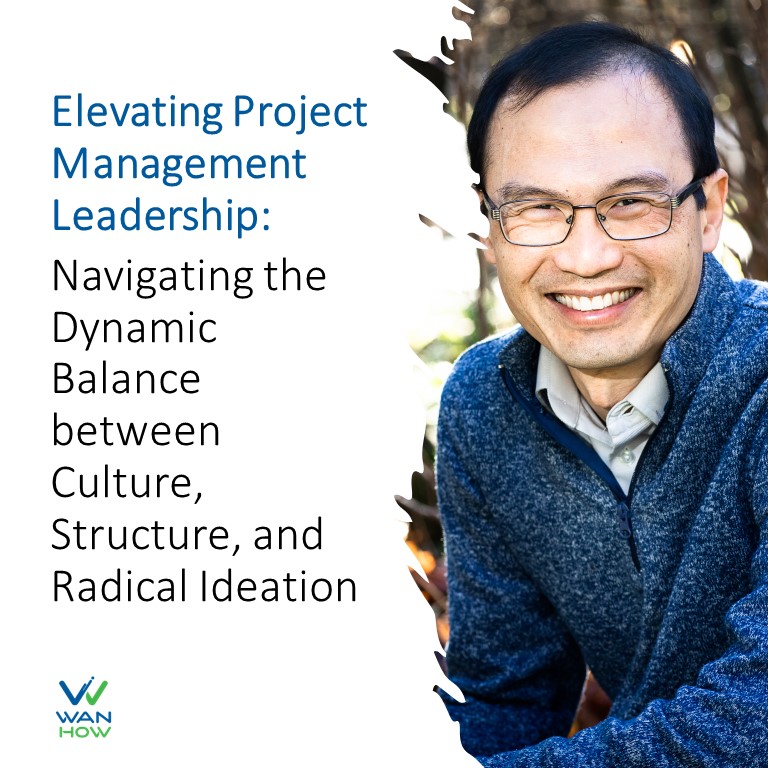
In the ever-evolving landscape of project management, the ability to harmonize organizational culture, structural standards, and the encouragement of radical ideation is paramount. Striking this delicate balance not only propels innovation but also ensures that the core tenets of structure and standards remain steadfast. Here’s a more comprehensive guide on navigating this exciting and nuanced challenge:
1️⃣ Define Clear Parameters
Establishing well-defined parameters provides the necessary scaffolding for projects. This ensures alignment with organizational goals and compliance with standards while allowing teams the freedom to explore radical ideas within these set boundaries. The art lies in clarity – offering a guiding light for creativity without losing sight of the overall project objectives.
2️⃣ Encourage Cultural Alignment
Recognize that your team is the heartbeat of any project. Cultivate a culture that values diversity, collaboration, and open communication. A unified team with shared values becomes the bedrock for both adherence to structure and the pursuit of radical ideation. Foster an environment where every team member feels their unique perspective is not only valued but essential to project success.
3️⃣ Flexibility and Hackathons
Incorporate flexibility into the very fabric of your project management approach. Create an environment where adaptability is not just tolerated but celebrated. This flexibility allows for the organic emergence of innovative ideas while maintaining a structured foundation. It’s about cultivating an ecosystem that welcomes change and views it as an opportunity for growth.
Companies can host innovation days to create a structure where new ideas can be experimented upon. The best ideas can vie for support and budget to potentially spin off into a new product or service offering. Facebook’s Like button came from an internal Hackathon.
4️⃣ Embrace Agile Methodologies
Consider adopting agile methodologies as a structured framework that accommodates change and encourages iterative processes. Agile is not just a methodology; it’s a mindset. It allows for continuous improvement, fostering an environment where radical ideation can be seamlessly integrated into ongoing projects. Embracing agile principles empowers teams to respond to change efficiently and effectively.
One example of being creatively agile in a structured waterfall environment is to design the smallest viable scope for a predictive project as iteration one, with the goal of discovering unknown unknowns. Then incrementally scale the scope for the next predictive project with different goals until you achieve full production rollout.
5️⃣ Promote Learning and Development
Invest in the continuous learning and development of your team. Equip them with the skills and knowledge needed to thrive in a dynamic environment. A knowledgeable and empowered team is more likely to navigate the delicate balance between structure and innovation successfully. Encourage a culture of curiosity and continuous improvement, where every team member is committed to expanding their skill set.
Innovative companies like Google allocate 20% of employee time to work on their own projects. Other companies have programs where departments loan 20% of their employees to other departments for cross-departmental learning and support. The employees contribute a skill that a department lacks while picking up the core skill from that department. Another option is to use long vacations as opportunities for temporary acting roles. These acting opportunities could be for direct reports or peers of the leader going on vacation.
Finding the equilibrium between structure, culture, and radical ideation is a journey, not a destination. As leaders, your guidance is pivotal in creating an environment where innovation flourishes within the bounds of defined parameters. Let’s not merely manage projects; let’s shape the future of project management together!
